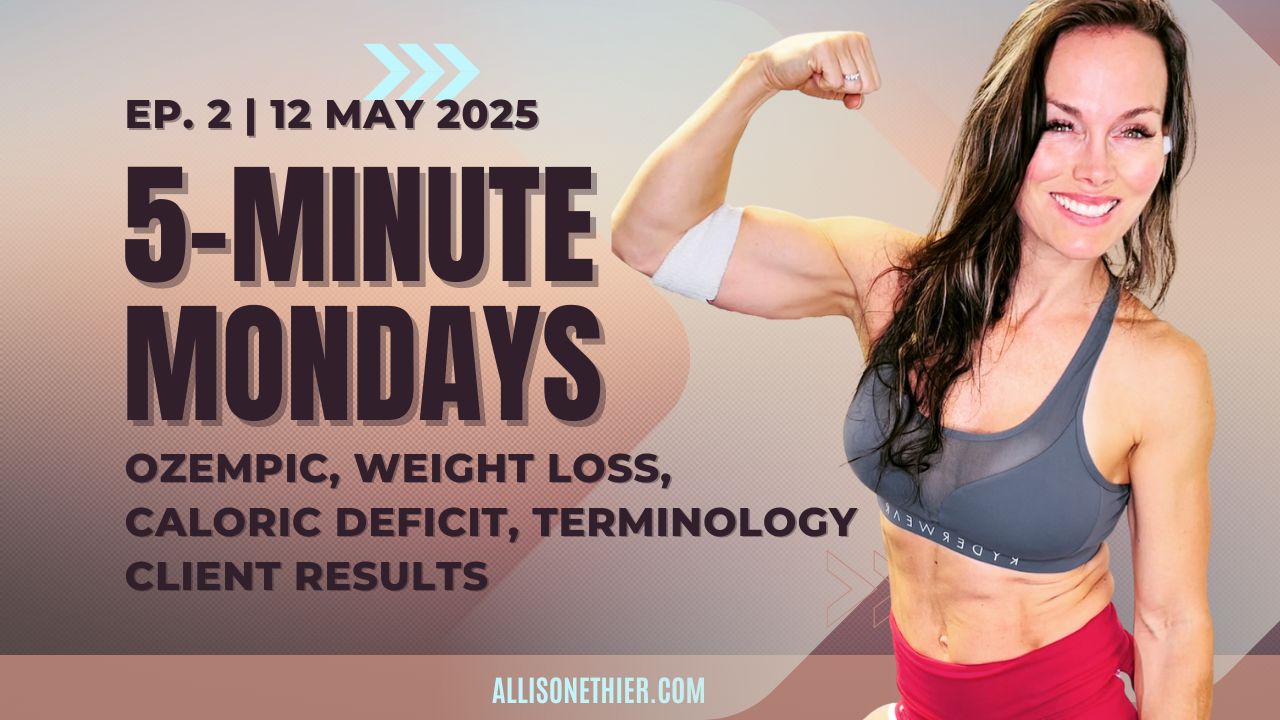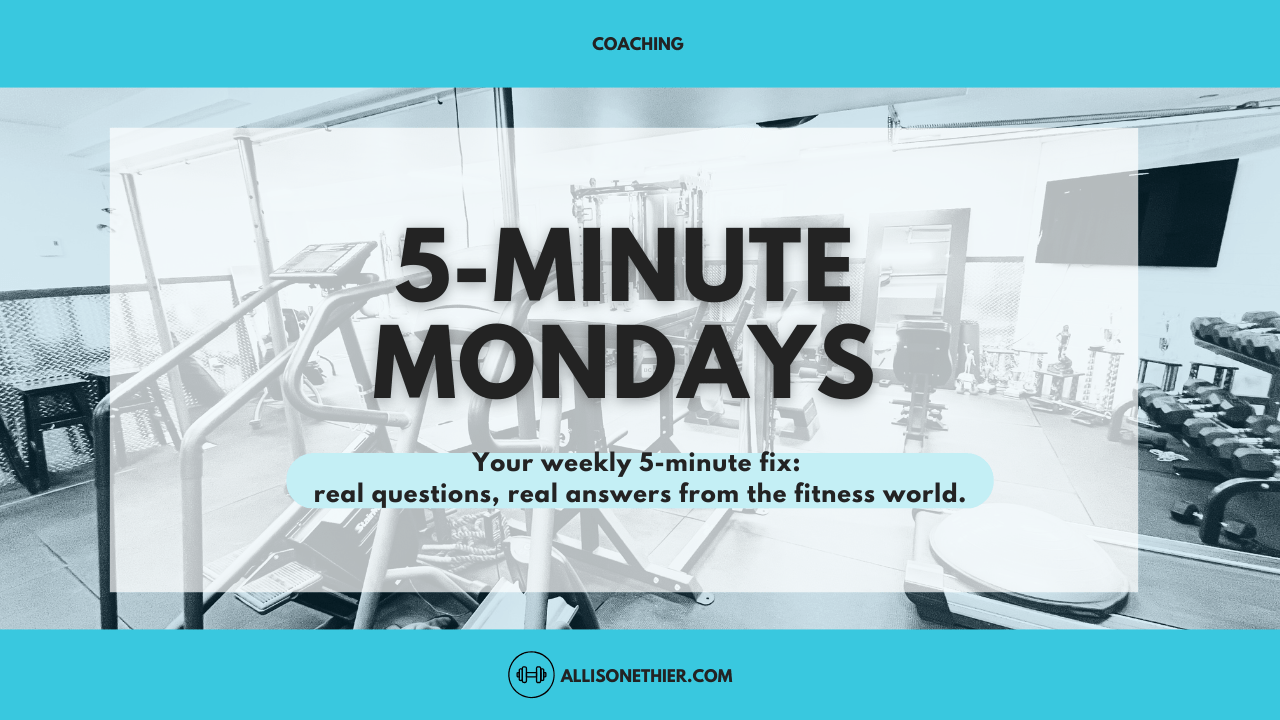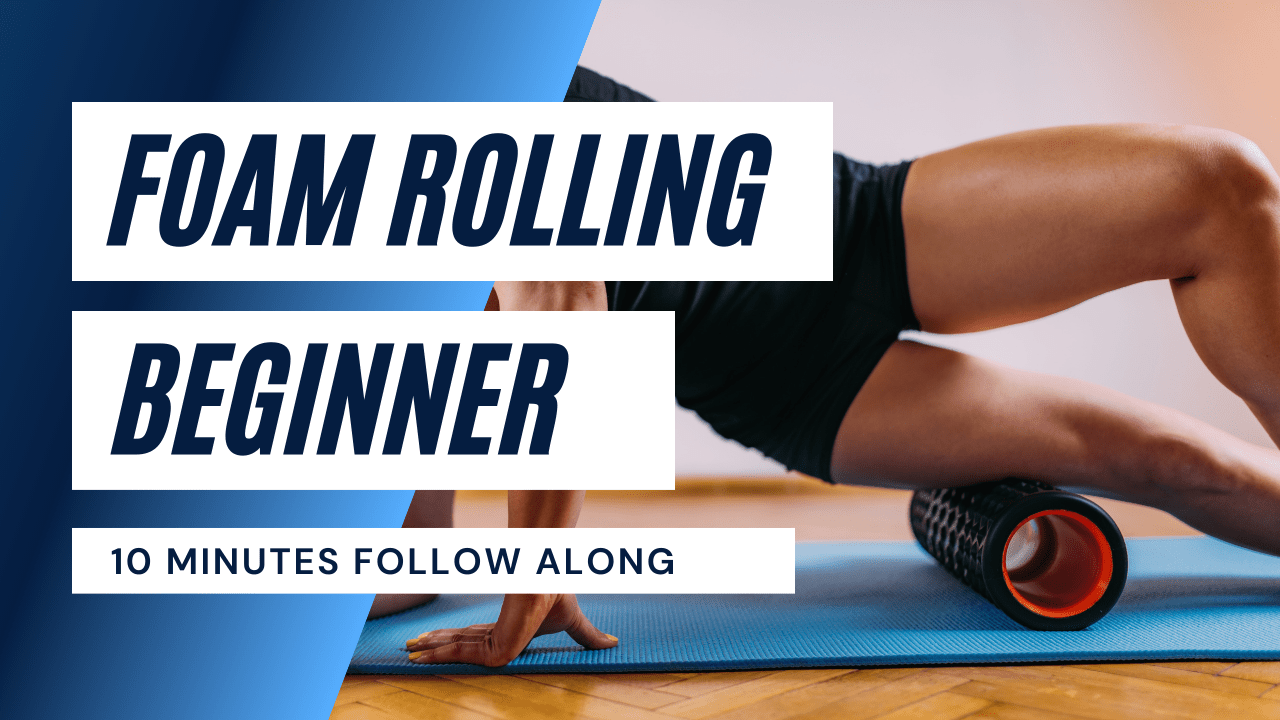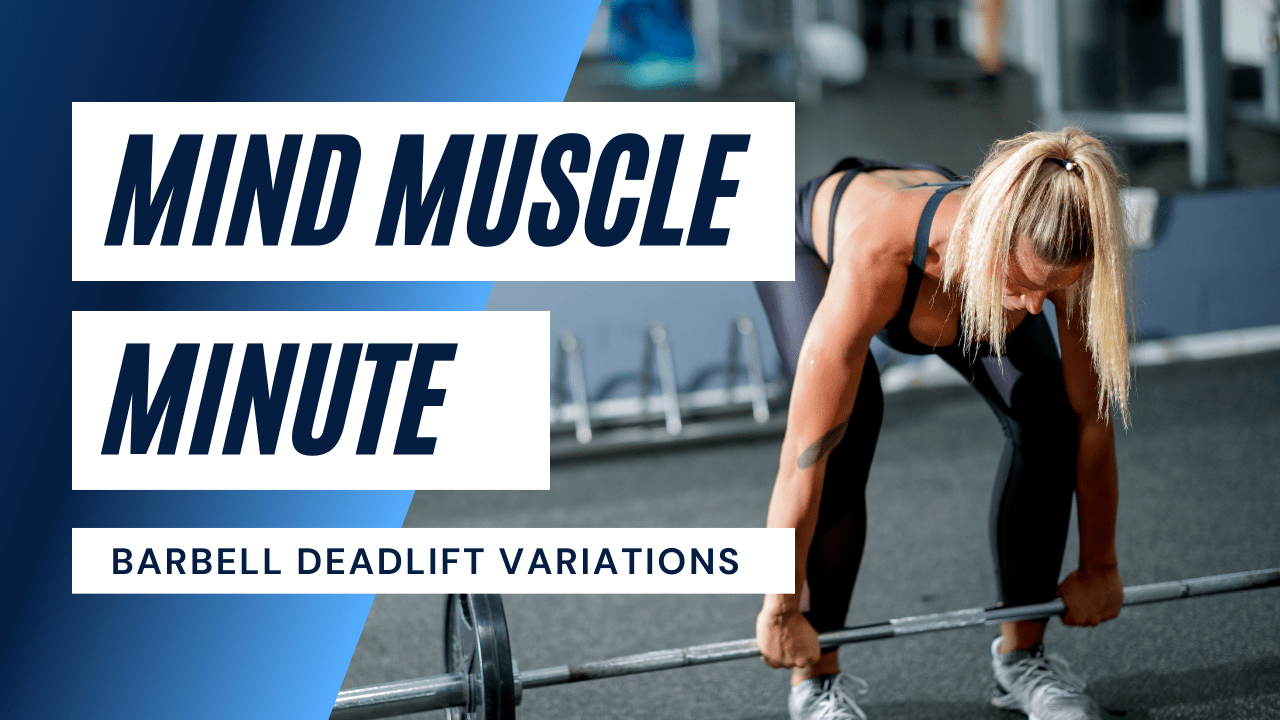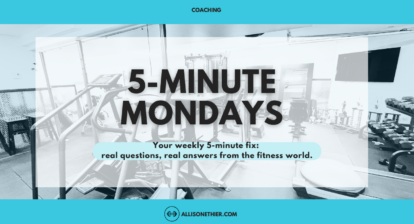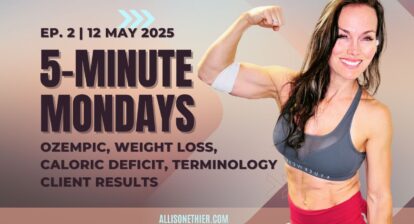Walking into a gym for the first time—or the first time in a while—can feel a little err…overwhelming.
It’s not just the rows of unfamiliar equipment or the intensity of the workouts happening around you–sometimes it feels like everyone is speaking a different language.
Words like superset, doms, and progressive overload, are thrown around like common knowledge, and if you’re new (or coming back after a long break), it can be hard not to feel lost.
But don’t worry—you’re not alone. Every seasoned gym-goer once started exactly where you are now: curious, a little unsure, and eager to learn.
This guide will walk you through some of the most common gym terms, so you can feel more confident in your training, understand your workouts better, and stay focused on what really matters—building a stronger, leaner, healthier version of you.
Reps or Repetitions
This is the number of times you perform a specific exercise, such as squats, lat pulldowns, or bicep curls. This is the count of the number of times you performed the movement.
Sets
A group of repetitions of an exercise. For instance, if you perform 12 squats – that is considered one set. Then you would ‘rest’ before attempting another ‘set’. There is also a set up performing two or three exercises, in series, where rest would be minimal or kept very short. These are called supersets, or triple sets, or even a circuit.
Warm-Up or Mobility
Light exercises or stretching done to prepare the body for a workout. Some would call this warmup, others would call this mobility to help prepare the body for more intense movement, or the workout. It is also a time, to shift from your workday mode, to training mode.
Cool-Down
Activities done after a workout to help the body recover, and reduce soreness.
This can be in the form, of foam rolling, stretching, or mobility.
Cardio
Short for cardiovascular exercise or aerobic exercise; exercises that raise your heart rate to a constant level, like running, cycling, machine cardio or walking. Cardiovascular work, and aerobic are words that are often used interchangeably.
Strength Training
Exercises designed to improve muscle strength, build muscle, and build endurance, often using weights.
Bodyweight Exercises
Exercises that use only your body’s weight as resistance, like push-ups, pull-ups and squats.
Compound Exercise
An exercise that works multiple joints, at the same time. Such as shoulders, and elbow, or hips and knees. Overhead shoulder press would be a compound upper body exercise; while squats would be a compound lower body exercise.
Isolation Exercise
An exercise that targets a single muscle group, like bicep curls (biceps), stiff leg deadlifts (hamstring), or leg extensions (quads).
Superset
Doing two exercises back-to-back without resting in between. There are different types of superset – upper/lower, opposing (like bicep/tricep), or even working the same muscle group with different exercises.
Circuit
A series of exercises performed in sequence with minimal rest between each, set of each exercise. The circuit can be 3 exercises, or as many as 10+ exercises performed in a row, and then repeated 2-4x.
Range of Motion (ROM)
The full movement potential of a joint or muscle during an exercise. Full range of motion is often recommended, to make sure to be strong at all the joint angles. However, if you are returning to training, sometimes, a shorter range of motion can work; to build up strength, and general endurance, then work to increasing the range of motion.
Failure
Reaching the point in an exercise where you can’t complete another repetition with good form. For instance, if you have a bicep curl and you are to get 10 reps. You should be able to get 10 reps, or maybe 11, but not 12 reps. It should be mentioned that training to failure often, or with all exercises, is not recommended.
Form
The correct way to perform an exercise to avoid injury and maximize training effectiveness.
Tempo
The speed at which you perform each part of a repetition. Tempo is generally expressed as eccentric-pause-conconcentric. As a number of time in seconds such as 3-1-2, or 2-0-2.
The first number is the eccentric (the lowering or stretching of the muscle), the pause between the eccentric and concentric, then the concentric, the lifting or raising (contraction).
Resistance
The force working against your movement, such as dumbbells, machines, cables, bands, or bodyweight.
Resistance can also be referred to as load, or intensity.
Progressive Overload
Gradually increasing weight, reps, or intensity (metabolic stress) to build strength or muscle. For beginnners, or return to training, a progressive increase in reps, then adding load is the best way to stress the body to get stronger.
Hypertrophy
Muscle growth due to increased muscle cell size from strength training. Hypertrophy can be sarcoplasmic (volume of fluid in the cells), or Myofibrillar (the number of protein filament bundles known as myofibrils)
DOMS (Delayed Onset Muscle Soreness)
Muscle soreness that occurs 24-48 hours after intense exercise, or stimulating the muscle/joints in a new and unaccustomed manner. It usually peaks around 36 hours after training.
Plyometrics
Explosive movements that improve power. Examples include jump squats or box jumps.
Isometric Exercise
Holding a position without any movement such as wall squats, front planks, or dead hangs.
Core
Muscles around your torso, including abs and lower back, that help with balance and stability.
Stability
The ability to maintain control of a joint during movement or static positions.
Endurance
The ability of muscles or cardiovascular system to sustain prolonged activity with less fatigue.
Mobility
The ability to move a joint freely through its range of motion.
Activation
Warming up or engaging specific muscles before a workout. This is to increase blood flow, in order to prepare the muscles, for more training, and/or intense work. See warmup/mobility.
Workout Split
A workout routine structure that targets specific muscle groups on different days.
The most frequently used splits, are body part splits, upper/lower splits, and full body.
Personal Record (PR)
The best performance you’ve achieved in an exercise, like a max lift, for a certain number of reps.
Personal best is also used.
Max (1RM)
The maximum amount of load/weight you can lift for 1 rep. 1 RM are not often tested frequently due to the number of sets needed to warmup the body, and get prepared for a 1RM test. Often a 3RM or for most of my general fitness clients a 8-10RM would be a safer option.
Recovery
Time spent resting after a workout, allowing muscles to repair and grow. Recovery is highly dependent on your current fitness levels, frequency of workouts, intensity of workouts, and nutrition. For most general fitness clients 3-5 days of workouts works best for a work/life/fitness/family balance.
Summary
Learning the language of the gym takes time, just like learning any new skill.
The good news?
You don’t need to know everything right away.
As you spend more time training, these terms will become second nature, and you’ll start to feel more at home with both the equipment and the community around you.
Every pro gym rat was once a beginner. What matters most is showing up, asking questions, and giving yourself the space to grow.
A.



